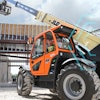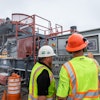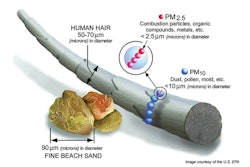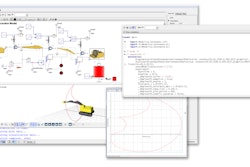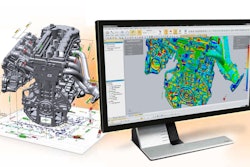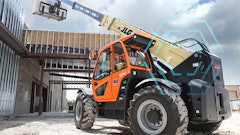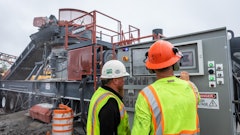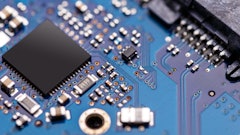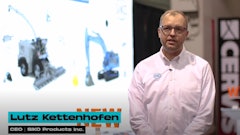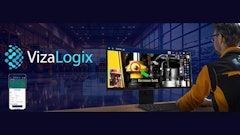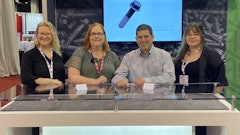Reaction Design, a leading developer of combustion simulation software, introduced the industry’s most well validated available Model Fuel Library, the result of seven years of research and validation under the Model Fuels Consortium whose members include Toyota, GE Energy, GM, Dow, Pertobras and Conoco Philips. The Model Fuel Library is a subscription-based library with more than 40 fully validated, self-consistent components that can be used to simulate fuel effects in virtually all types of automotive and aircraft engines, as well as engines used for electric power generation. The components can also be used in combination when modeling new or existing fuel blends.
“The automotive industry has historically relied on experimentation and measurement as a means of understanding emissions, but such an empirical approach is costly, time-consuming and provides limited insight into new designs or operating conditions,” says Bernie Rosenthal, CEO of Reaction Design. “Reaction Design has aggregated decades of combustion kinetics research to build a database of chemically accurate fuel component models that can be used to help reduce the time and costs of developing cleaner burning fuels and engines. Simulation and modeling have proven to speed time to market and improve product performance in many other industries, such as electronics and medicine. The combustion industry can now better harness the power of computational computing in R&D and look to reap similar benefits.”
The Model Fuel Library provides a set of accurate models for real-fuel components that enables engine designers to develop low emission, high efficiency engines in a more timely and cost-effective manner. Further, subscribers will have the ability to target a fuel model for specific application and simulation goals such as ignition, flame propagation, or emissions of NOx , CO and soot/particulate matter (PM) emission rates.
While the Model Fuel Library can be used with many commercial simulation packages, most have limited kinetics capabilities and may not be able to take full advantage of the library. Reaction Design’s ENERGICO, FORTÉ and CHEMKIN-PRO products include the most advanced kinetic solvers in the industry and can therefore maximize the utility of the Model Fuel Library components. Using the CHEMKIN-PRO Reaction Workbench, fuel component models from the Model Fuel Library can be blended to create surrogate fuel representations that match the behavior of “real” fuels. Reaction Workbench can then be used to intelligently reduce the fuel model complexity in line with the simulation goals and the package to be used.
“By creating the Model Fuel Library, Reaction Design has furthered its commitment to empowering engineers to simulate real world applications for automotive and combustion engines, helping address fundamental fuel efficiency and pollution reduction challenges,” says Ellen Meeks, Vice President of Product Development at Reaction Design.

